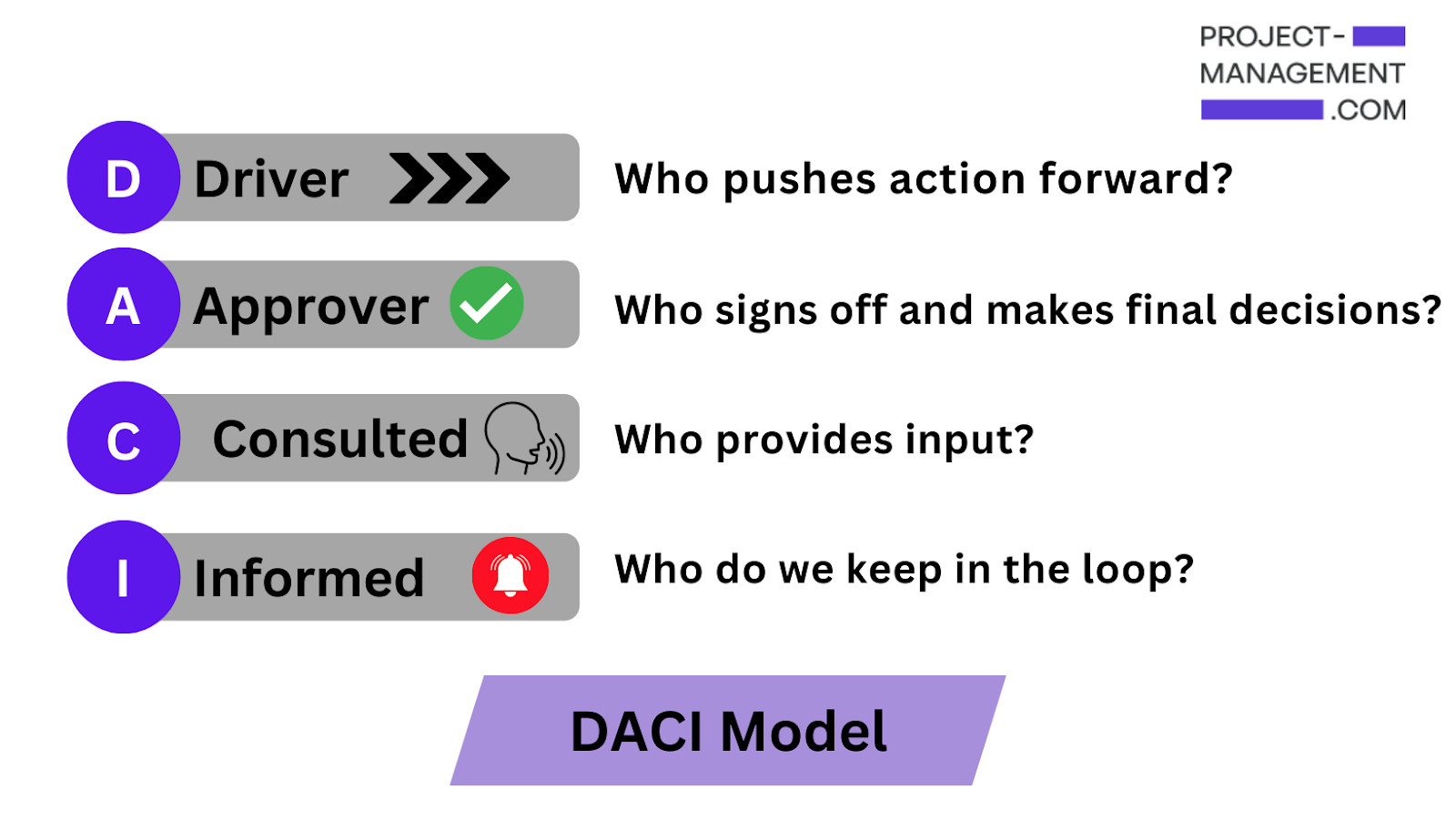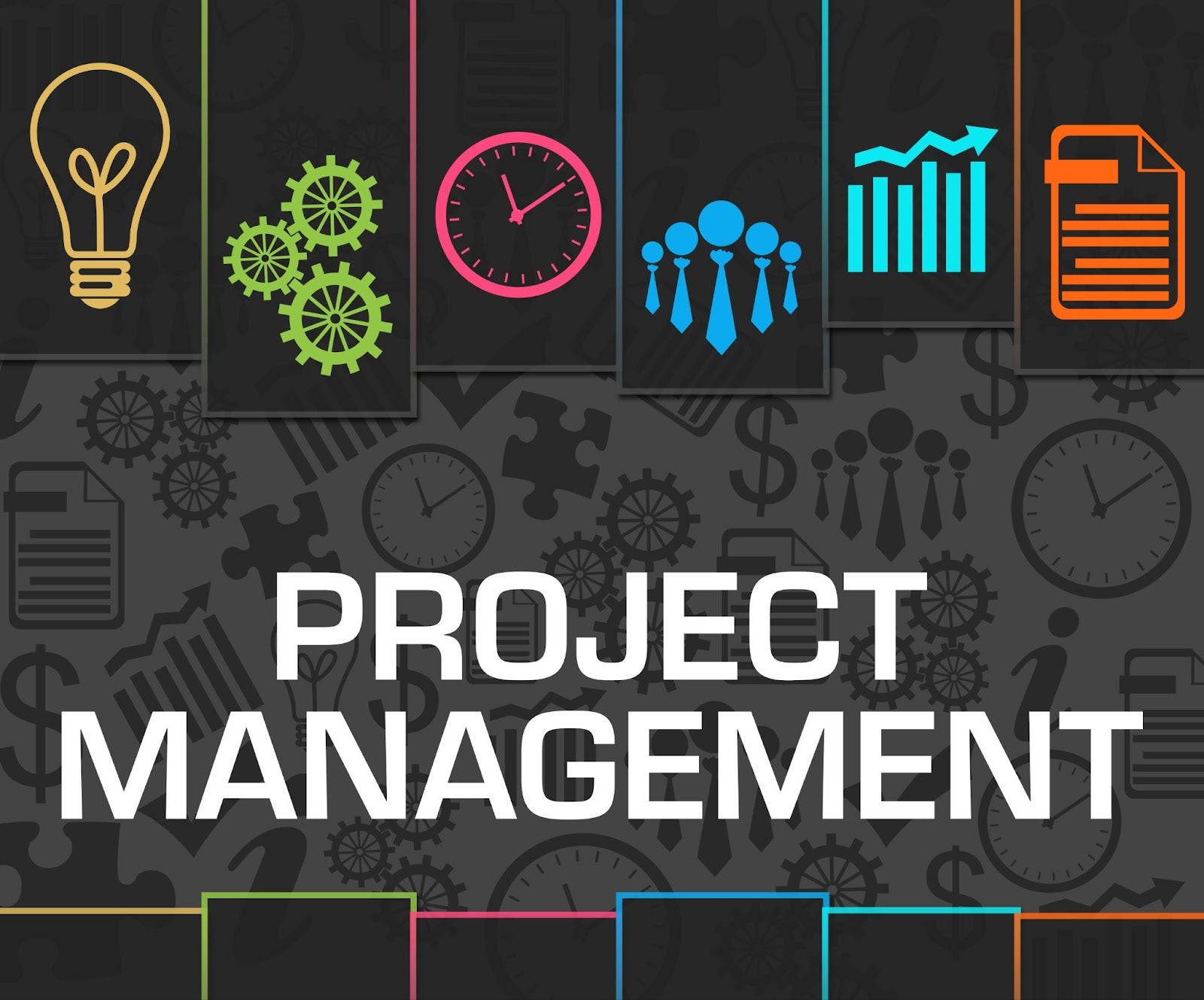
Successful project management boils down to one crucial factor: good communication.
Email is a powerful tool built for communication. It’s convenient, universally accepted, and reliable.
But if you’ve ever used email on its own for project management, you’ll know it comes with some serious limitations.
The Downsides of Email for Project Management
Statistics show that an average office worker receives about 90 emails every day.
But when using email as a standalone tool for communication, we assume many things:
- The receiver received the message within the expected time frame
- The receiver read the message within the expected time frame
- The receiver understood the meaning and the intent behind the message
- The receiver acted upon the message, in the way the sender intended
- The receiver will deliver the completed task (on time and on budget)
Phew. That’s a lot of assumptions. Let’s imagine if just one of those statements isn’t met.
You’ve emailed a designer and assigned them a specific task. Your developer and content writer are on hold until the designer successfully completes the task.
However, the designer didn’t fully understand the task and spent the following two weeks designing a new page, incorrectly.
Unknowingly, the email has created a two-week delay and the subsequent tasks (which the developer and writer are waiting on) are pushed further downstream.
That’s just one potential flaw of using regular email for project management.
On the one hand, email is universally accepted and widely used as the core communication method for teams. On the other hand, if used on its own it’s easy to see how it can create significant issues in project management.
To solve this dichotomy, the most common assumption of project managers is that they need to integrate their team’s inboxes with a complex web of project management and communication tools.
For example, there could be one app for tracking emails, another for Kanban boards, and so on. Before you know it, your team’s time is spent switching between and integrating apps that all work together in varying levels of performance.
This attention switch will affect your team’s productivity, and gaps in communication between email and chat mean that messages will be lost and collaboration will become disconnected.
The Benefits of an Email-Based Project Management Tool
Instead of relying on apps that work alongside your email inbox, consider using a tool that supports and works inside your existing email account.
An email-based project management tool saves time and makes your team more efficient. It’s a powerhouse of features launched and managed within your inbox, turning it into your team’s project management workspace.
Email-based project management tools increase efficiency by allowing the user to work directly in their inbox without needing to switch between different apps to access different project management tools.
It also connects the dots between emails from external stakeholders and internal team communications like chat, and at the same time links them to project management tools for team collaboration.
Here are the core benefits of using an email-based project management tool:
#1 Centralized Hub
By using your email as your project management tool, it combines all of the information, related tasks, actions, and team members in one centralized area.
A layer is added on top of your existing inbox, meaning you don’t need to constantly switch between apps and tabs to view and manage your project-related tasks.
#2 Minimal Learning Curve
While project management tools that work outside your email all have their own benefits, one of the biggest blockers to the successful use of them is the learning curve.
By using an email-based tool, the learning curve is low because it’s simply a layer that exists over your existing universally accepted email inbox. This decreases the time it takes to integrate the tool into your normal project management workflow.
#3 Project Management Features
An email-based project-management tool should offer all of the features you need to effectively manage a project. The only difference is that everything can be done from your inbox.
Kanban Boards
Email-based project management tools allow you to create a Kanban board which is accessed easily inside your Gmail inbox.
Kanban boards are nothing new to project managers. It’s highly likely that you’ve used one or are currently using one for your projects. The key difference here is that you can do this entirely from your existing Gmail inbox.
You can create a board for a project, add cards with to-do lists and deadlines, and assign them to specific team members. You can drag cards from list to list based on the status of a task and @mention a team member for an internal chat.
Email Sequences and Templates
All projects include a certain level of repetitive daily tasks. While the tasks are important and can’t be overlooked, usually they are time consuming and prone to human error.
A good email-based project management tool should offer you features to configure email sequences which account for repetitive tasks, allowing you to pre-configure a set of actions based on triggers.
Other automation features should include creating email templates that include all relevant attachments and can be shared with your team. Next time you need to send the email, you won’t waste time hunting down the information or chasing team members.
Track Emails
One of the main issues with regular email is the lack of control over the recipient. Once you hit send, you have no idea when or if the email was read.
Mail tracking allows the sender to see if the email was opened or not and if any links were clicked.
For project managers, tracking email is helpful if you are sending information about tasks or deadlines. As a result, team members can no longer claim that they didn’t read the email, which could be detrimental to the project timeline or successful completion.
Summing Up
Email is the place where work starts, and with the proper tools it can also be the place where it finishes. Email-based project management tools offer solid collaboration, quicker exchange of ideas, and clearer communication lines that facilitate management processes and guarantee the success of a project.





